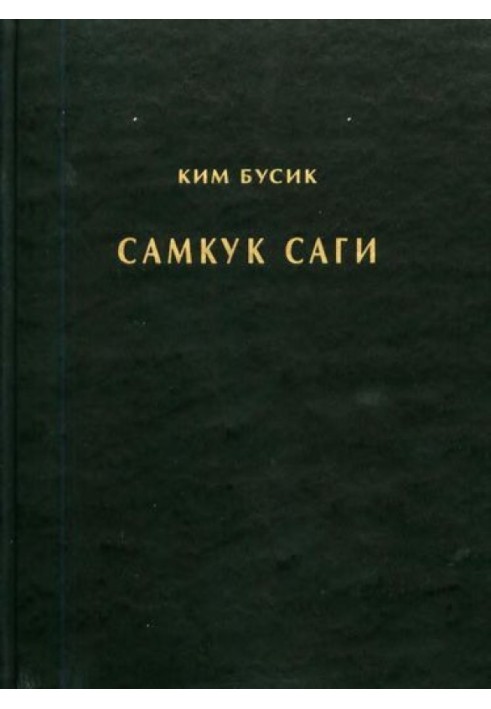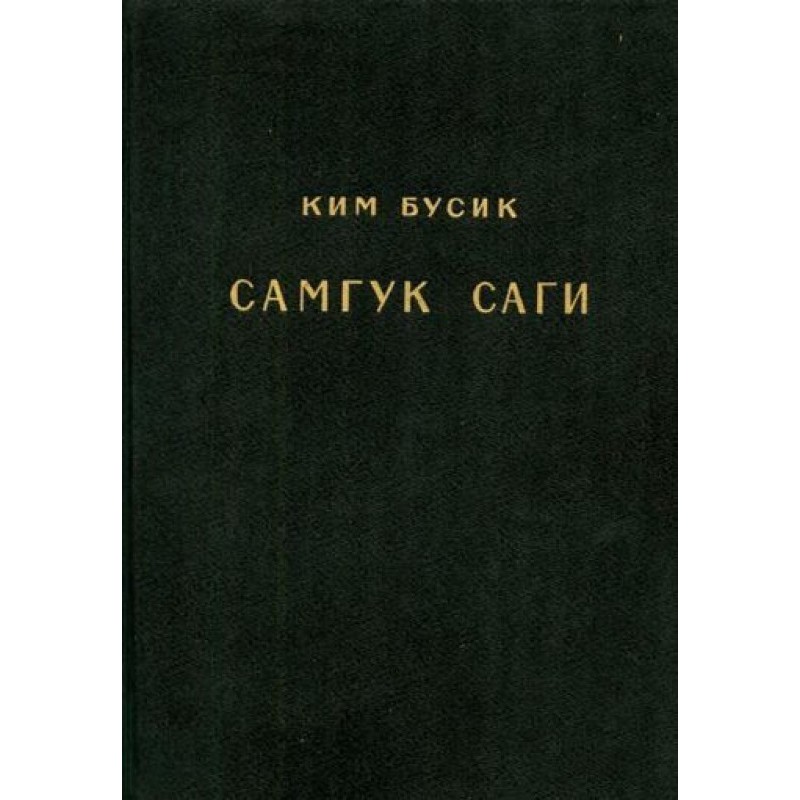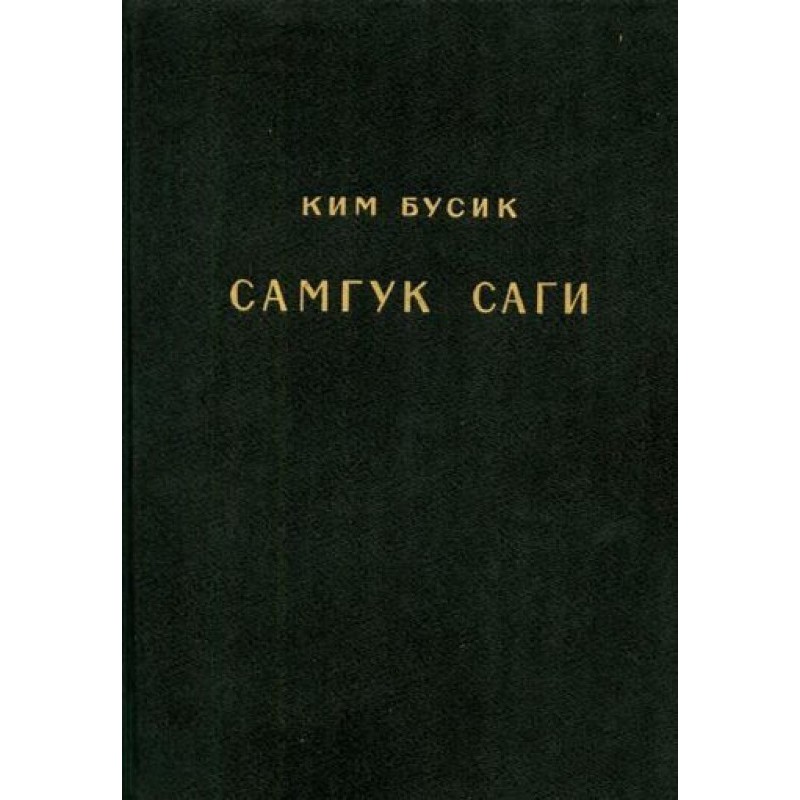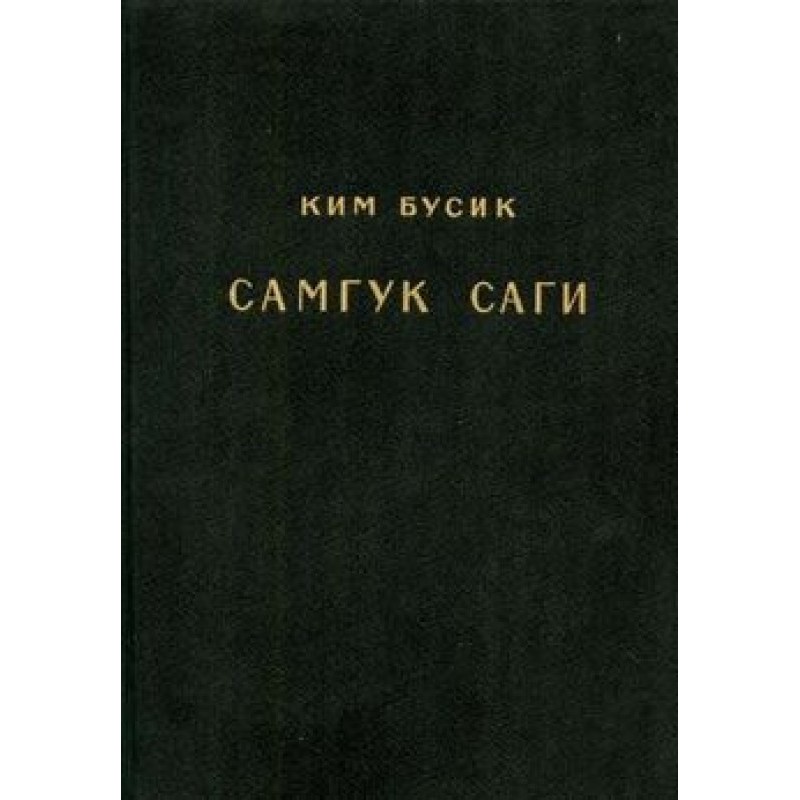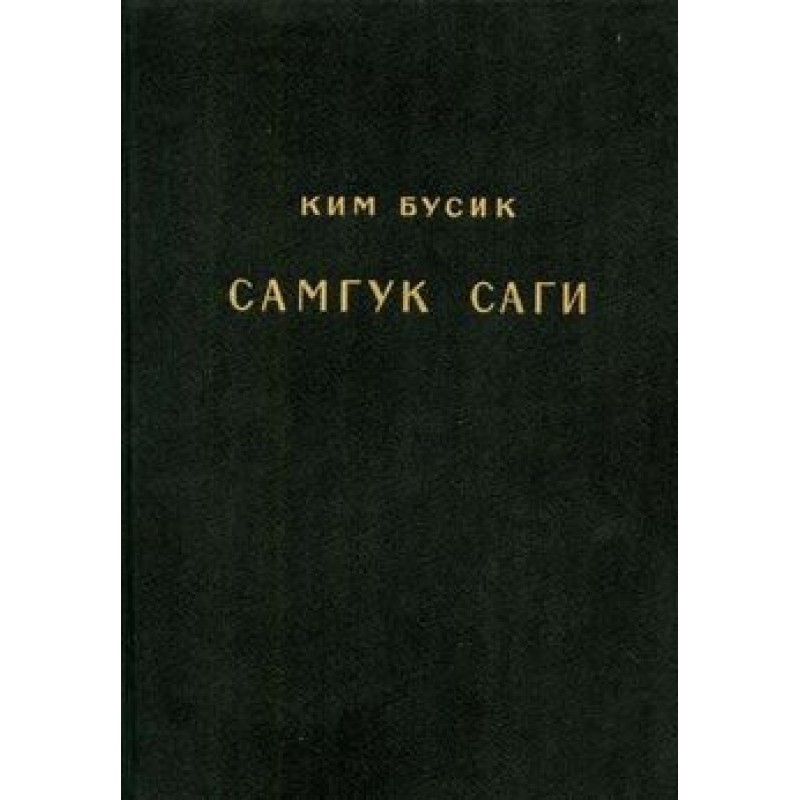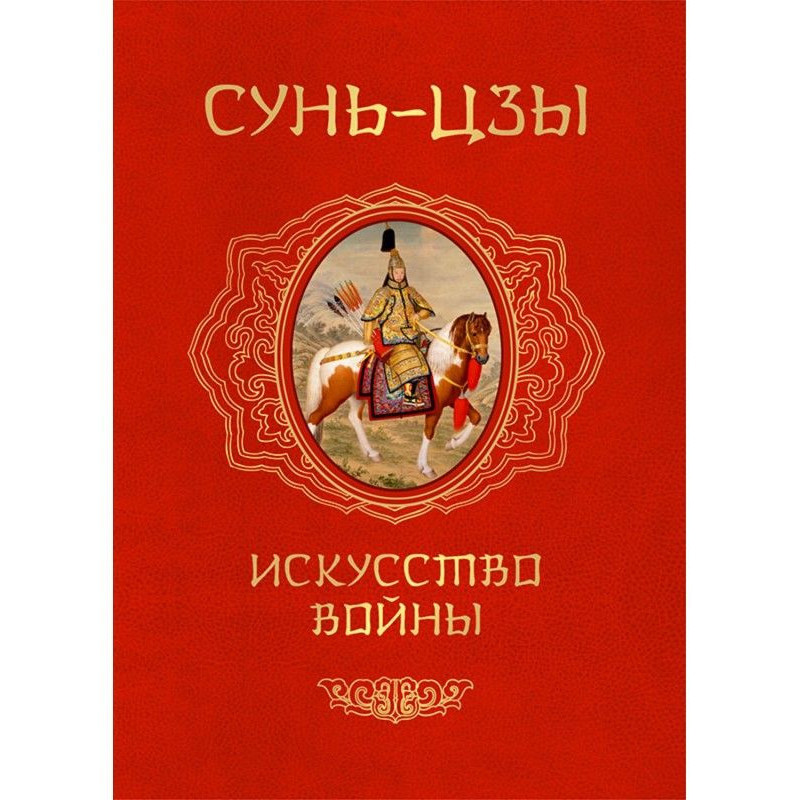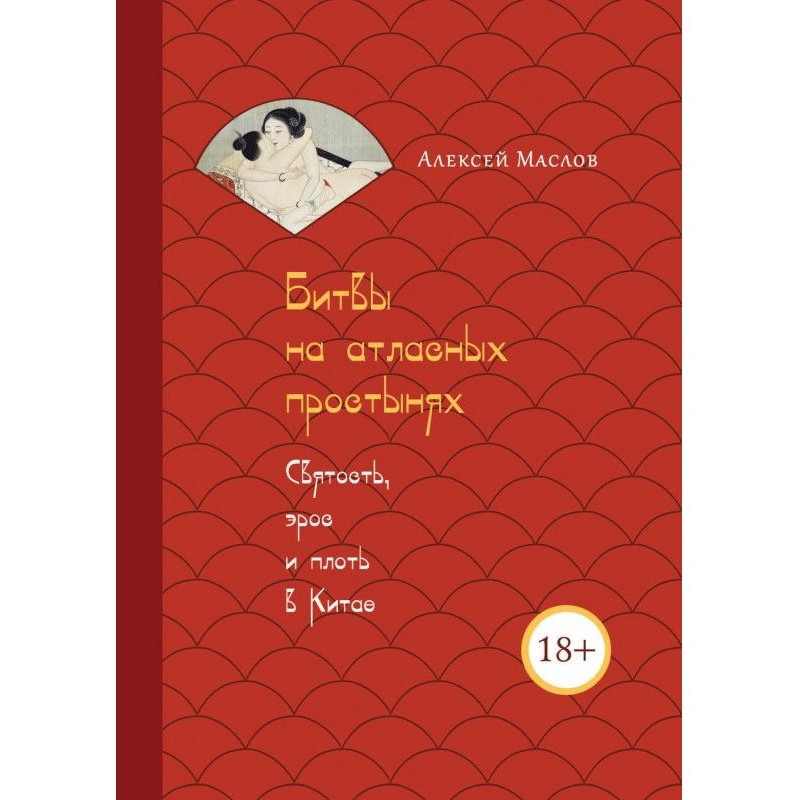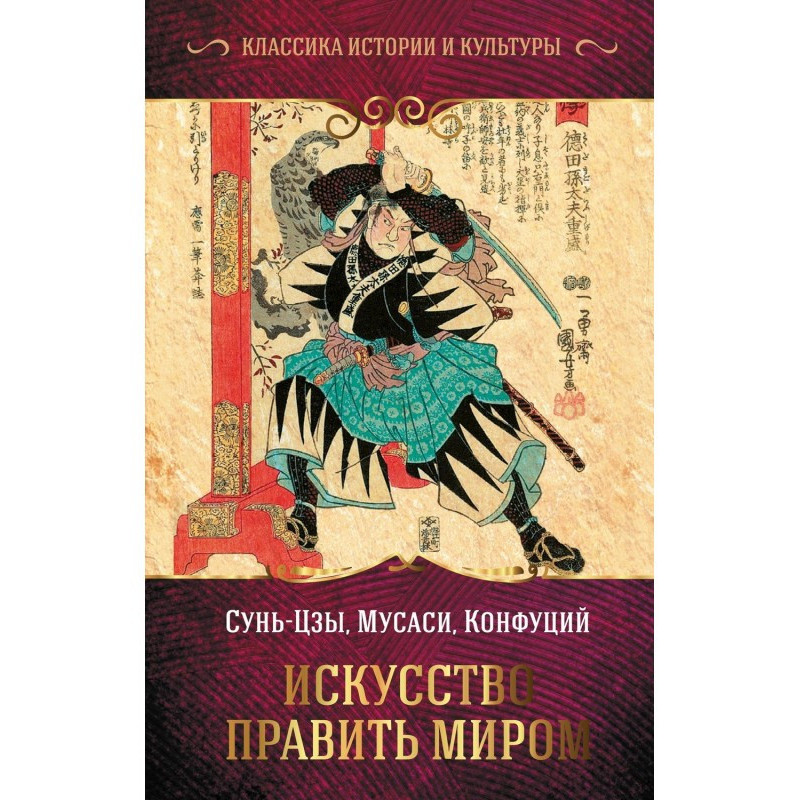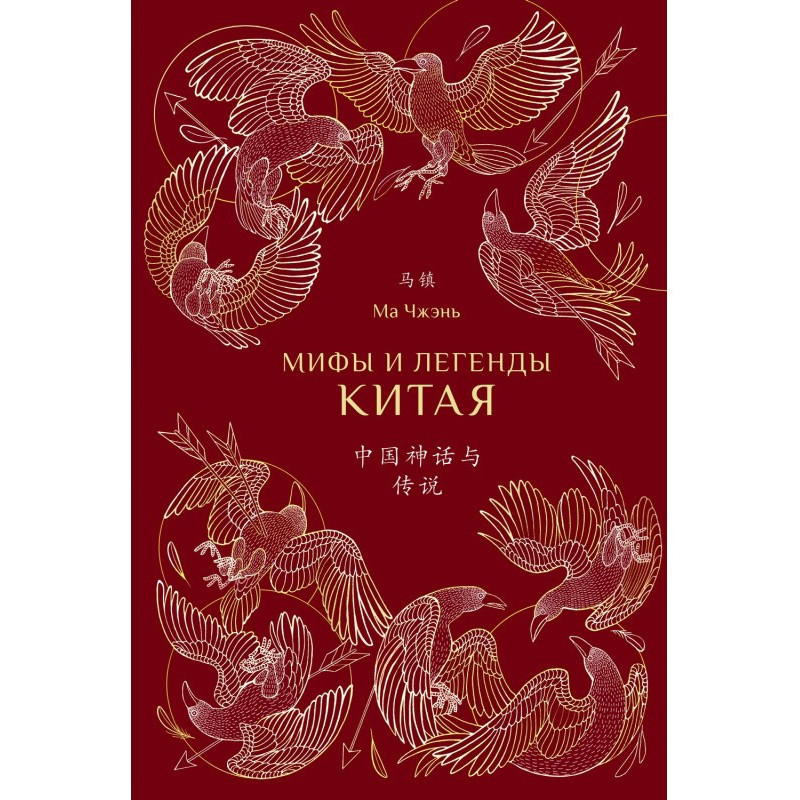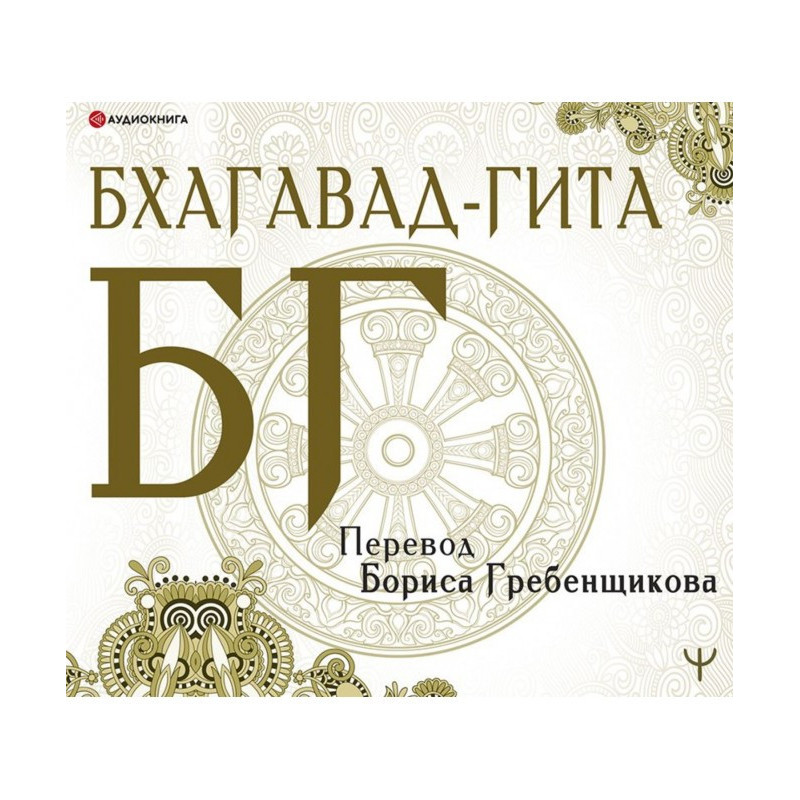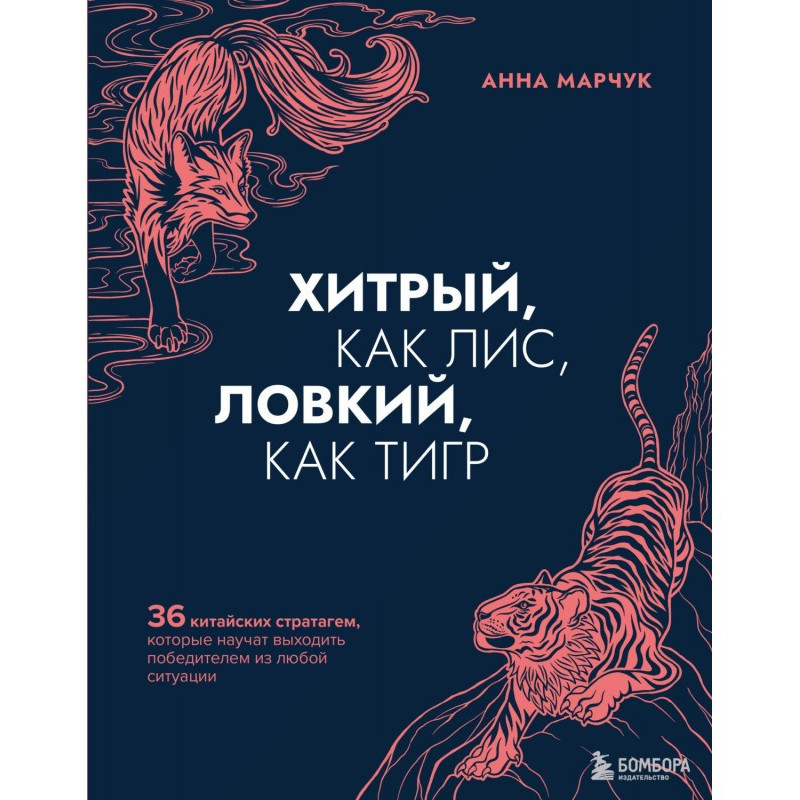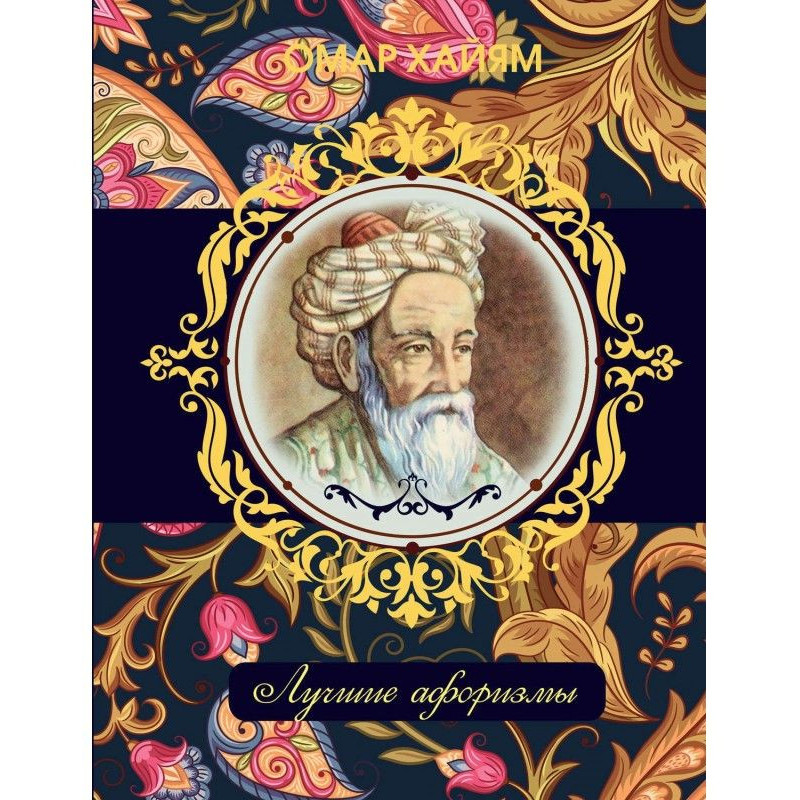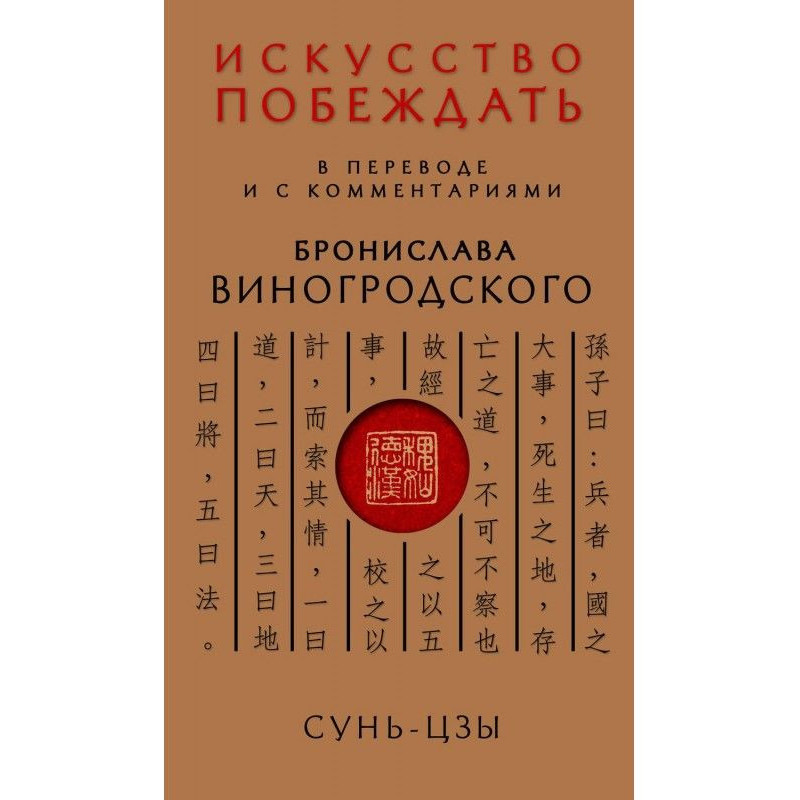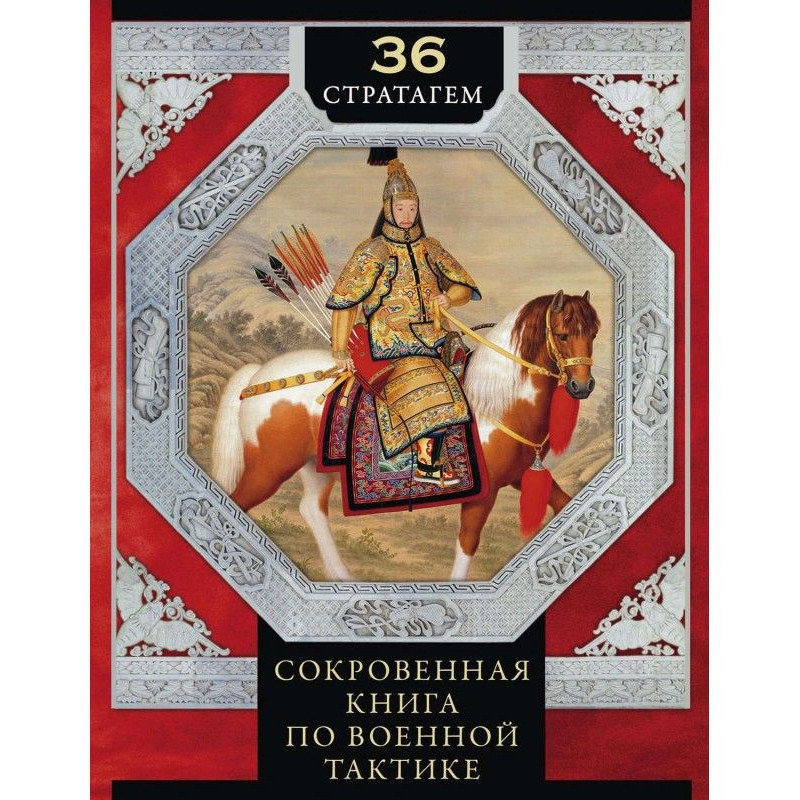Samguk sagi Vol.1. Chronicles of Silla
 Instant download
Instant download
after payment (24/7)
 Wide range of formats
Wide range of formats
(for all gadgets)
 Full book
Full book
(including for Apple and Android)
This volume contains the first part of a scientific commentary translation into Russian of the earliest surviving Korean monument - the chronicle “Historical Records of Three States” (“Samkuk sagi” / “Samguk sagi”, 1145), created by the founder of Korean historiography Kim By bus. The monument covers almost a thousand years of Korean history (from the 1st century BC to the 9th century). The first volume of the Russian edition contains “Chronicles of Silla” (12 books), “Message from Kim Busik to Wang when presenting the Historical Records of the Three States”, article by M. N. Park “Chronicles of Silla and Issues of Socio-Economic History of Korea”, comments, appendices and facsimile of the text in Hanmun, now stored in the Manuscript Department of the St. Petersburg branch of the Institute of Oriental Studies of the Russian Academy of Sciences (Moscow, 1959). The second volume, which includes “Annals of Goguryeo”, “Annals of Baekje” and “Chronological Tables”, was published in 1995. The final volume (“Descriptions” and “Biographies”) is being prepared for publication. The publication of this volume in 1959 opened scientific series “Monuments of Literature of the Peoples of the East”, later known in the orientalist world as “Monuments of the Literature of the East”. (File without tables and original text)
Data sheet
- Name of the Author
- Ким Бусик
- Language
- Ukrainian
- Release date
- 2001
- Translator
- М. Н. Пак
Reviews
Важливий внесок у корейську історіографію
Книга "Самгук саги Т.1. Літописи Сілла" є справжнім скарбом для всіх, хто цікавиться історією Кореї. Цей науковий коментований переклад відкриває перед читачами величезний пласт знань про ранню історію корейських держав, що охоплює майже тисячолітній період. Літописи Сілла, представлені в першому томі, дають можливість заглибитися в соціально-економічні аспекти життя того часу, а також зрозуміти, як формувалися культурні та політичні традиції Кореї. Коментарі та статті, включені в видання, роблять текст ще більш доступним для розуміння, що є великим плюсом для тих, хто не є фахівцем у цій галузі. Хоча переклад здійснено за допомогою штучного інтелекту, що іноді призводить до незначних неточностей, загалом якість тексту вражає. Ця книга стане чудовим доповненням до бібліотеки кожного, хто прагне пізнати глибини корейської історії та культури. Безумовно, рекомендую всім, хто цікавиться Сходом та його літературною спадщиною!

